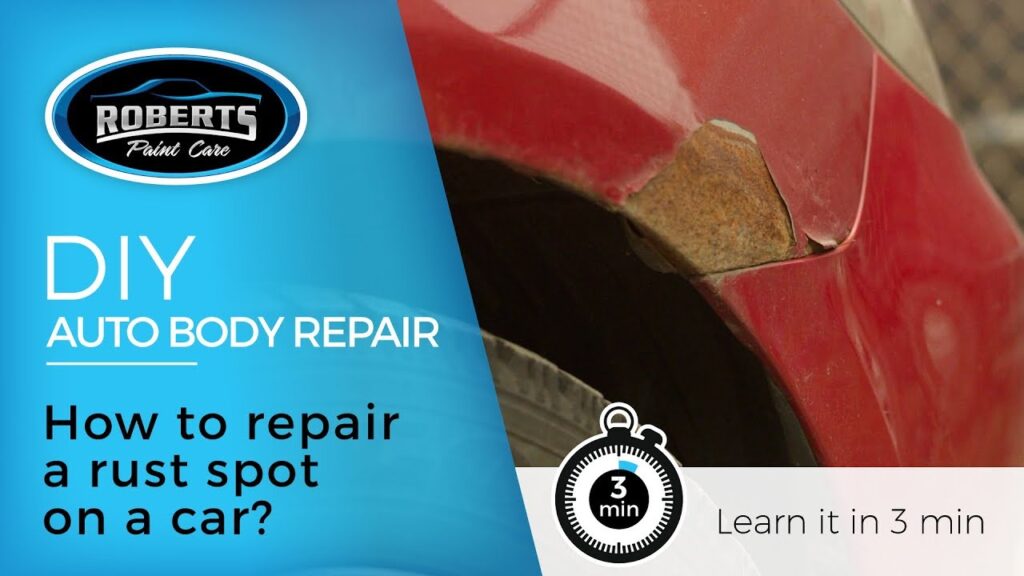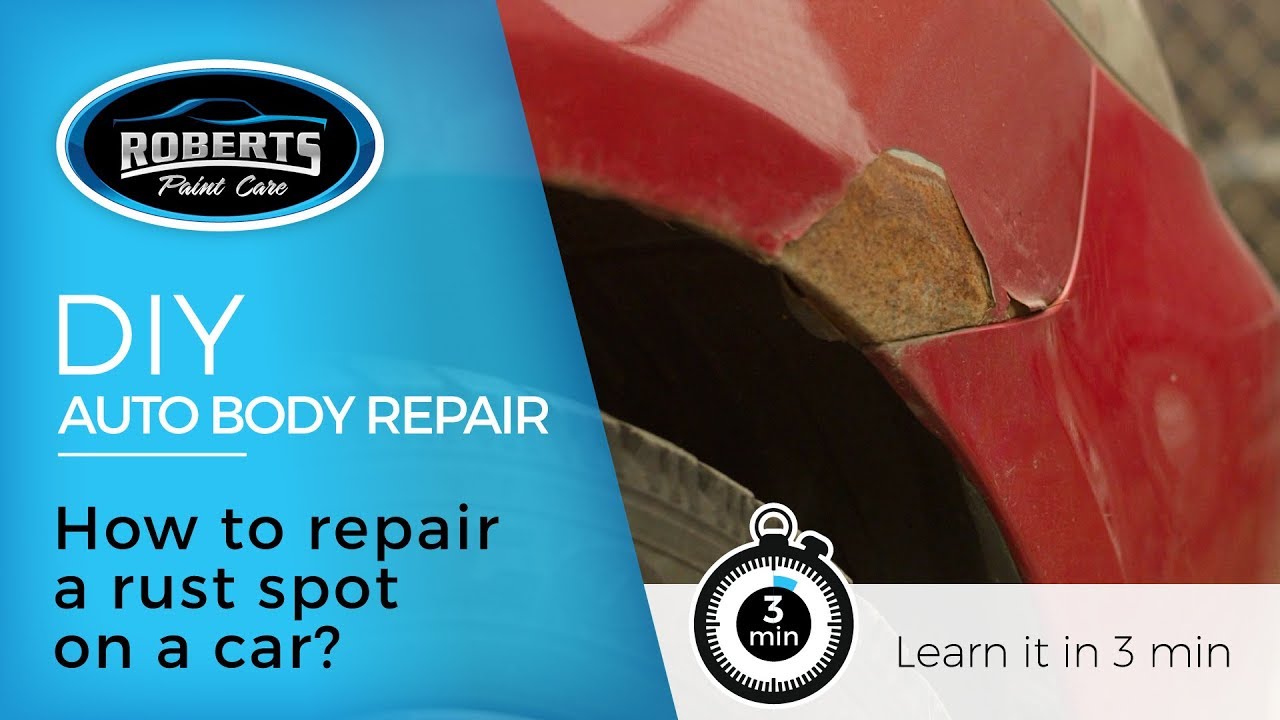
How to Get Rid of Rust on a Car: A Comprehensive Guide
Rust is the bane of any car owner’s existence. It’s unsightly, can compromise the structural integrity of your vehicle, and if left unchecked, can lead to costly repairs. Understanding how to get rid of rust on a car is essential for maintaining its value and ensuring its longevity. This comprehensive guide will walk you through various methods for removing rust, from DIY solutions to professional treatments, helping you keep your car looking its best and running smoothly.
Understanding Rust Formation
Before diving into the removal process, it’s crucial to understand how rust forms. Rust, scientifically known as iron oxide, is the result of a chemical reaction between iron, oxygen, and moisture. This process, called oxidation, weakens the metal over time. Factors like road salt, humidity, and scratches in the paint can accelerate rust formation. Knowing the causes helps in preventing future rust issues.
Early Signs of Rust
Recognizing the early signs of rust is key to preventing extensive damage. Look for small, orange or brown spots on the surface of your car’s paint. These spots often appear around areas prone to moisture, such as wheel wells, rocker panels, and undercarriage. Addressing these spots early can save you time and money in the long run.
DIY Methods for Removing Rust
For minor rust spots, several DIY methods can be effective. These methods are generally less expensive and can be performed at home with readily available materials. However, it’s important to remember that these methods are best suited for surface rust and may not be sufficient for severe cases.
Sanding
Sanding is a common method for removing surface rust. Here’s how to do it:
- Gather your materials: You’ll need sandpaper (various grits, starting with a coarse grit like 80 or 120 and moving to finer grits like 320 and 400), a sanding block, water, and a clean cloth.
- Prepare the area: Clean the area around the rust spot with soap and water, then dry it thoroughly.
- Sand the rust: Using the coarse grit sandpaper, gently sand the rust spot. Apply even pressure and avoid sanding the surrounding paint.
- Refine the surface: Switch to finer grit sandpaper and continue sanding until the rust is removed and the surface is smooth.
- Clean the area: Wipe the area with a clean, damp cloth to remove any sanding residue.
- Apply primer and paint: Once the area is dry, apply a coat of automotive primer followed by a coat of matching paint to protect the metal and restore the appearance of your car.
Using a Rust Converter
Rust converters contain chemicals that react with rust, transforming it into a stable, protective layer. Here’s how to use a rust converter:
- Prepare the surface: Clean the area around the rust spot with a wire brush or sandpaper to remove any loose rust particles.
- Apply the rust converter: Follow the instructions on the rust converter product. Typically, you’ll apply a thin, even coat to the affected area.
- Allow it to dry: Let the rust converter dry completely, as per the product instructions. This may take several hours.
- Apply primer and paint: Once the rust converter is dry, apply a coat of automotive primer followed by a coat of matching paint.
Household Remedies
Several household items can also be used to remove rust. These methods are generally less effective than sanding or using a rust converter, but they can be useful for minor rust spots.
- Vinegar: Soak a cloth or sponge in white vinegar and apply it to the rust spot. Let it sit for several hours, then scrub the area with a brush or scouring pad.
- Baking soda: Mix baking soda with water to form a paste. Apply the paste to the rust spot and let it sit for a few hours, then scrub the area with a brush or scouring pad.
- Lemon juice and salt: Sprinkle salt on the rust spot, then squeeze lemon juice over it. Let it sit for a few hours, then scrub the area with a brush or scouring pad.
Professional Rust Removal Services
For severe rust cases, professional rust removal services are often the best option. These services have the equipment and expertise to remove rust effectively and prevent it from returning. [See also: Car Body Repair Costs: What to Expect] They can address rust that has penetrated deep into the metal or affected large areas of the car.
Body Shops
Body shops specialize in repairing and restoring vehicle bodies. They can remove rust by cutting out the affected metal and welding in new panels. This is a more involved process but can be necessary for structural rust damage. A reputable body shop will also ensure the repaired area is properly primed and painted to match the rest of the car.
Rustproofing Services
Rustproofing services apply protective coatings to the undercarriage and other vulnerable areas of the car to prevent rust from forming. These coatings can be applied when the car is new or after rust has been removed. Rustproofing can significantly extend the life of your car, especially in areas with harsh weather conditions or heavy road salt usage.
Preventing Rust Formation
Prevention is always better than cure. Taking steps to prevent rust from forming in the first place can save you time, money, and hassle in the long run.
Regular Washing and Waxing
Regularly washing your car helps remove dirt, salt, and other contaminants that can contribute to rust formation. Waxing your car provides a protective layer that helps repel water and prevent rust. Aim to wash your car at least once a month and wax it every few months.
Addressing Scratches and Chips
Scratches and chips in the paint expose the metal underneath, making it vulnerable to rust. Repairing these imperfections promptly can prevent rust from forming. Use touch-up paint to cover small scratches and chips, and consider professional paint repair for larger areas.
Undercoating
Undercoating involves applying a protective coating to the undercarriage of your car. This coating helps protect the metal from moisture, salt, and other corrosive elements. Undercoating is particularly beneficial for cars driven in areas with harsh winter conditions or heavy road salt usage.
Parking Indoors
Parking your car indoors, such as in a garage or carport, can help protect it from the elements. This reduces exposure to moisture, sunlight, and temperature fluctuations, all of which can contribute to rust formation.
Choosing the Right Method
The best method for how to get rid of rust on a car depends on the severity of the rust and your budget. For minor surface rust, DIY methods like sanding or using a rust converter may be sufficient. For more severe rust, professional rust removal services are often the best option. Consider the extent of the damage and your comfort level with DIY repairs when making your decision.
Assessing the Damage
Before choosing a rust removal method, assess the extent of the damage. If the rust is only on the surface and hasn’t penetrated deep into the metal, DIY methods may be effective. If the rust has caused significant damage or compromised the structural integrity of the car, professional repairs are necessary. Carefully inspect the affected area to determine the best course of action.
Budget Considerations
DIY rust removal methods are generally less expensive than professional services. However, they may require more time and effort. Professional rust removal services can be more costly, but they offer a higher level of expertise and can ensure the rust is removed effectively. Consider your budget and the extent of the damage when choosing a rust removal method.
Maintaining Your Car After Rust Removal
After how to get rid of rust on a car, it’s essential to take steps to prevent it from returning. Regular maintenance, such as washing, waxing, and addressing scratches and chips, can help protect your car from future rust issues. [See also: Best Car Waxes for Protecting Your Vehicle] Additionally, consider rustproofing services or undercoating to provide extra protection.
Regular Inspections
Regularly inspect your car for signs of rust. Pay particular attention to areas prone to moisture, such as wheel wells, rocker panels, and undercarriage. Addressing rust spots early can prevent them from spreading and causing more significant damage.
Applying Protective Coatings
Applying protective coatings, such as rust inhibitors or sealants, can help prevent rust from forming. These coatings create a barrier between the metal and the environment, protecting it from moisture and corrosive elements. Apply these coatings regularly, following the manufacturer’s instructions.
Conclusion
How to get rid of rust on a car is a crucial aspect of vehicle maintenance. By understanding the causes of rust, recognizing the early signs, and choosing the right removal method, you can protect your car from costly damage and maintain its value. Whether you opt for DIY solutions or professional services, remember that prevention is key. Regular washing, waxing, and addressing scratches and chips can help prevent rust from forming in the first place. With proper care and attention, you can keep your car looking its best and running smoothly for years to come. Don’t let rust win; take action today!
Knowing how to get rid of rust on a car and implementing preventive measures can save you a lot of trouble down the road. Remember to assess the damage carefully and choose the method that best suits your needs and budget. Whether it’s a simple DIY fix or a professional repair, addressing rust promptly is essential for maintaining your vehicle’s integrity and appearance. By following these guidelines, you can effectively combat rust and keep your car in top condition. Learning how to get rid of rust on a car protects your investment.
The key takeaway is that how to get rid of rust on a car involves a combination of understanding the problem, choosing the right solution, and implementing preventive measures. Armed with this knowledge, you can confidently tackle rust and keep your vehicle looking its best. Remember that addressing rust early is always better than waiting until it becomes a major problem. So, inspect your car regularly, take action when you spot rust, and enjoy a rust-free ride for years to come. Mastering how to get rid of rust on a car is a worthwhile endeavor for any car owner.
Successfully learning how to get rid of rust on a car not only enhances its appearance but also safeguards its structural integrity. By taking proactive steps to combat rust, you’re not just maintaining your vehicle; you’re preserving its value and ensuring its longevity. So, take the time to understand the process, choose the right methods, and implement preventive measures. Your car will thank you for it!

